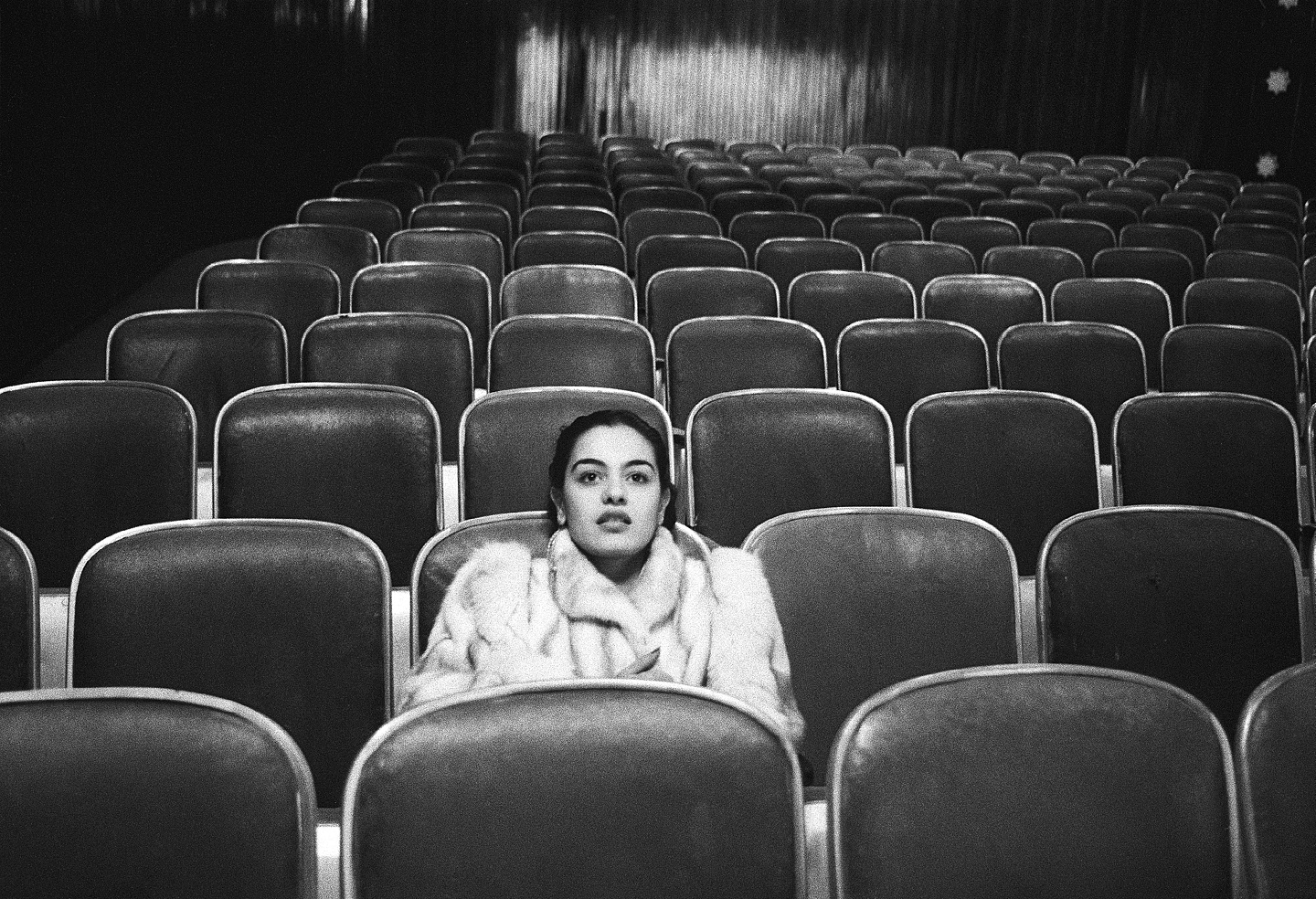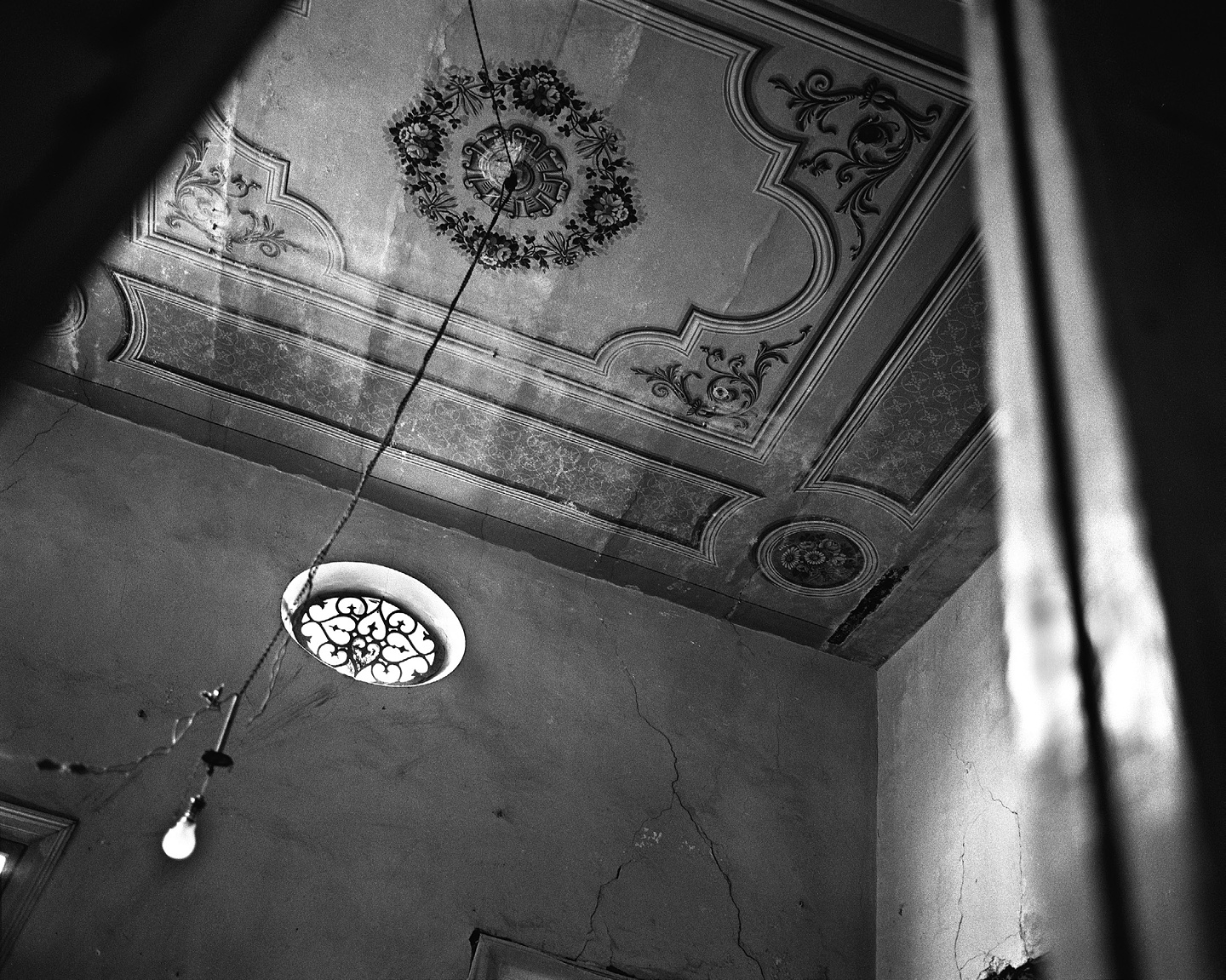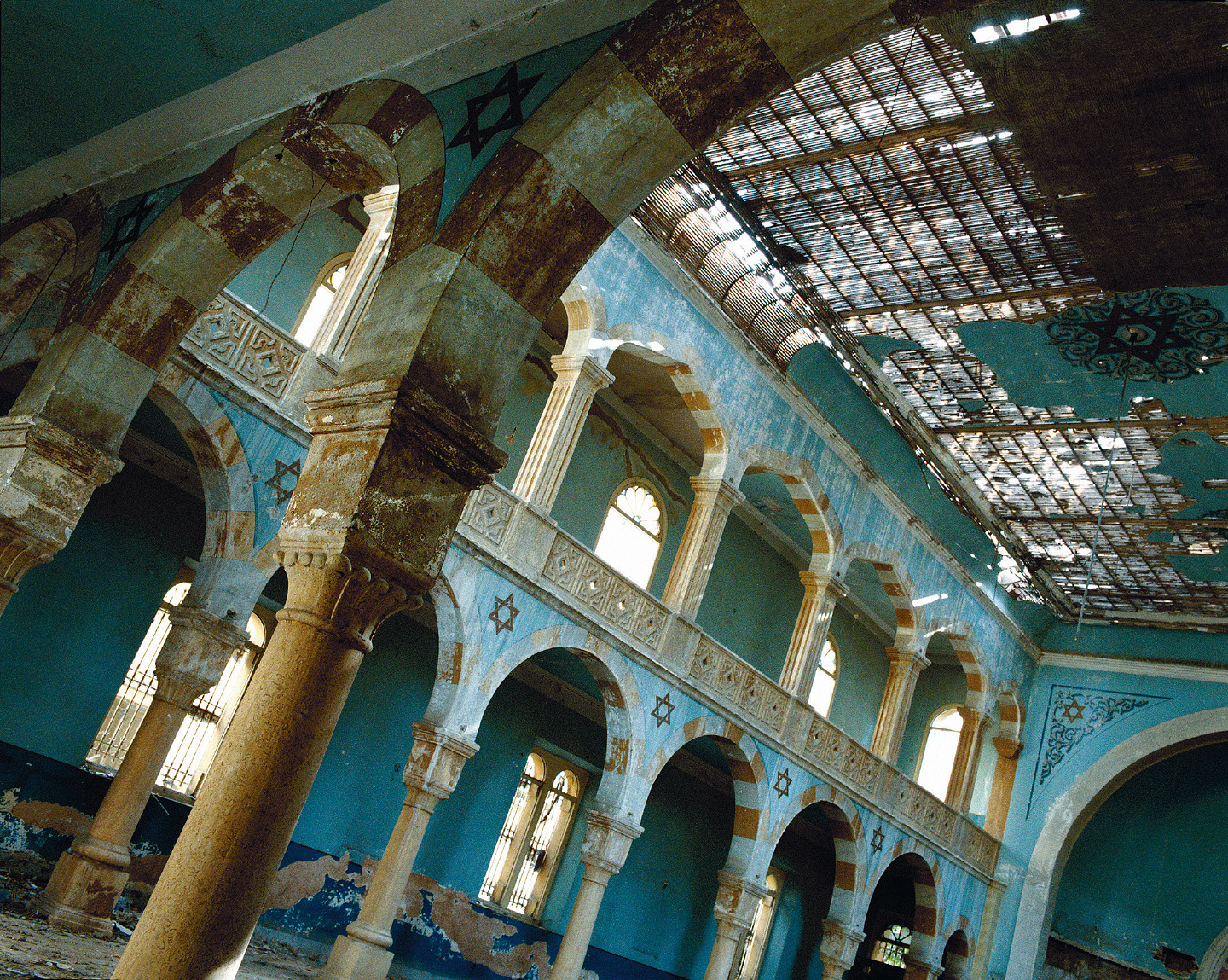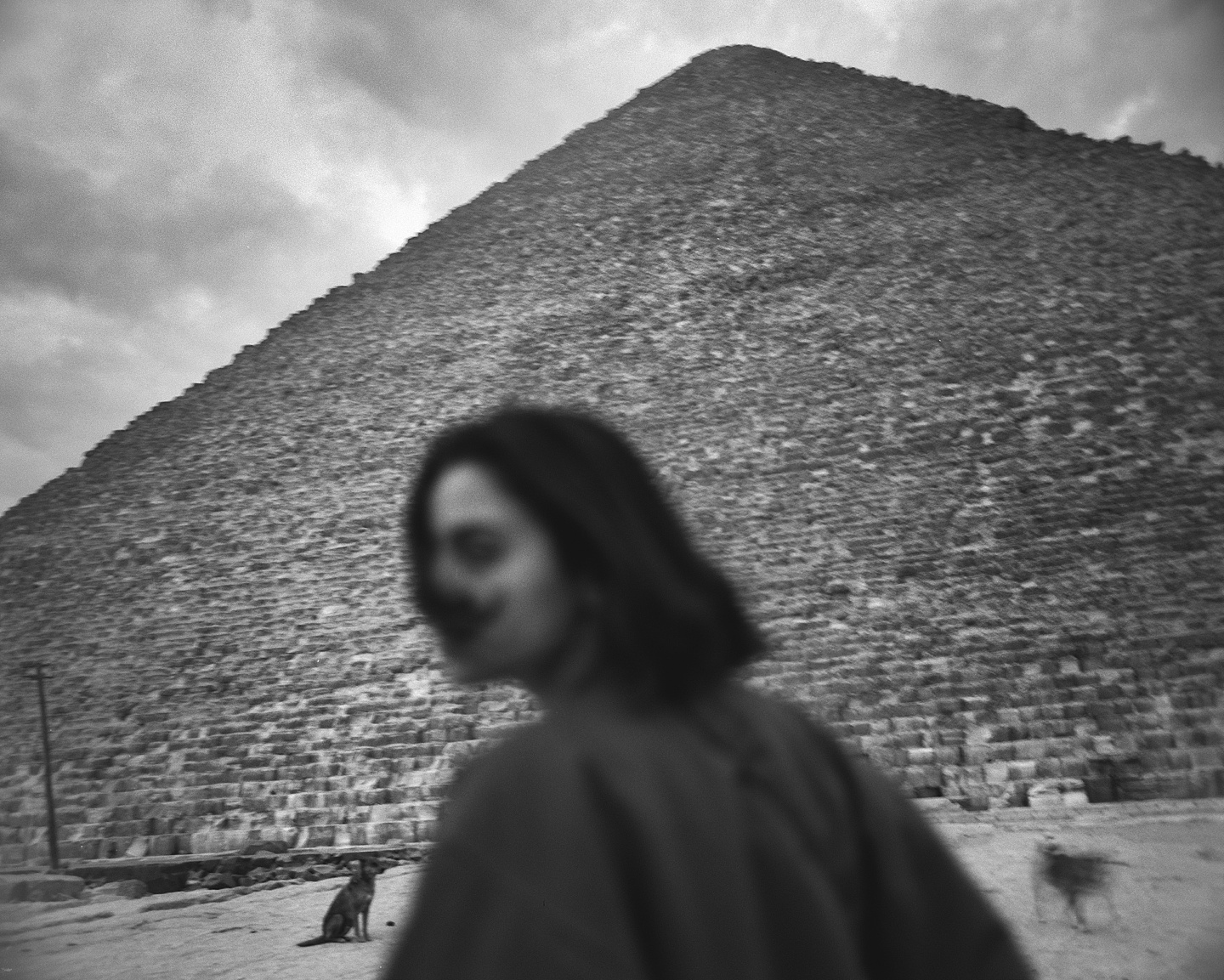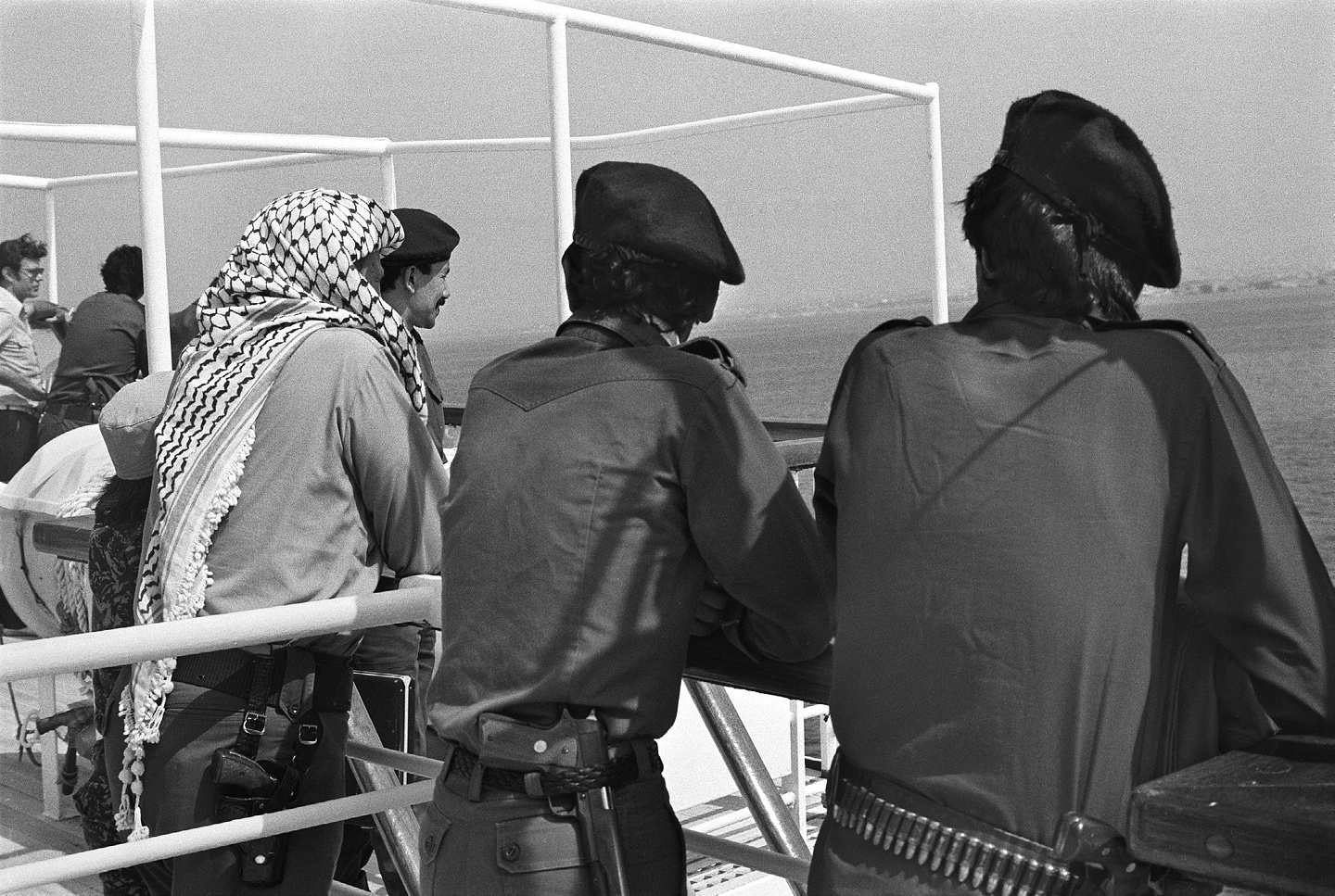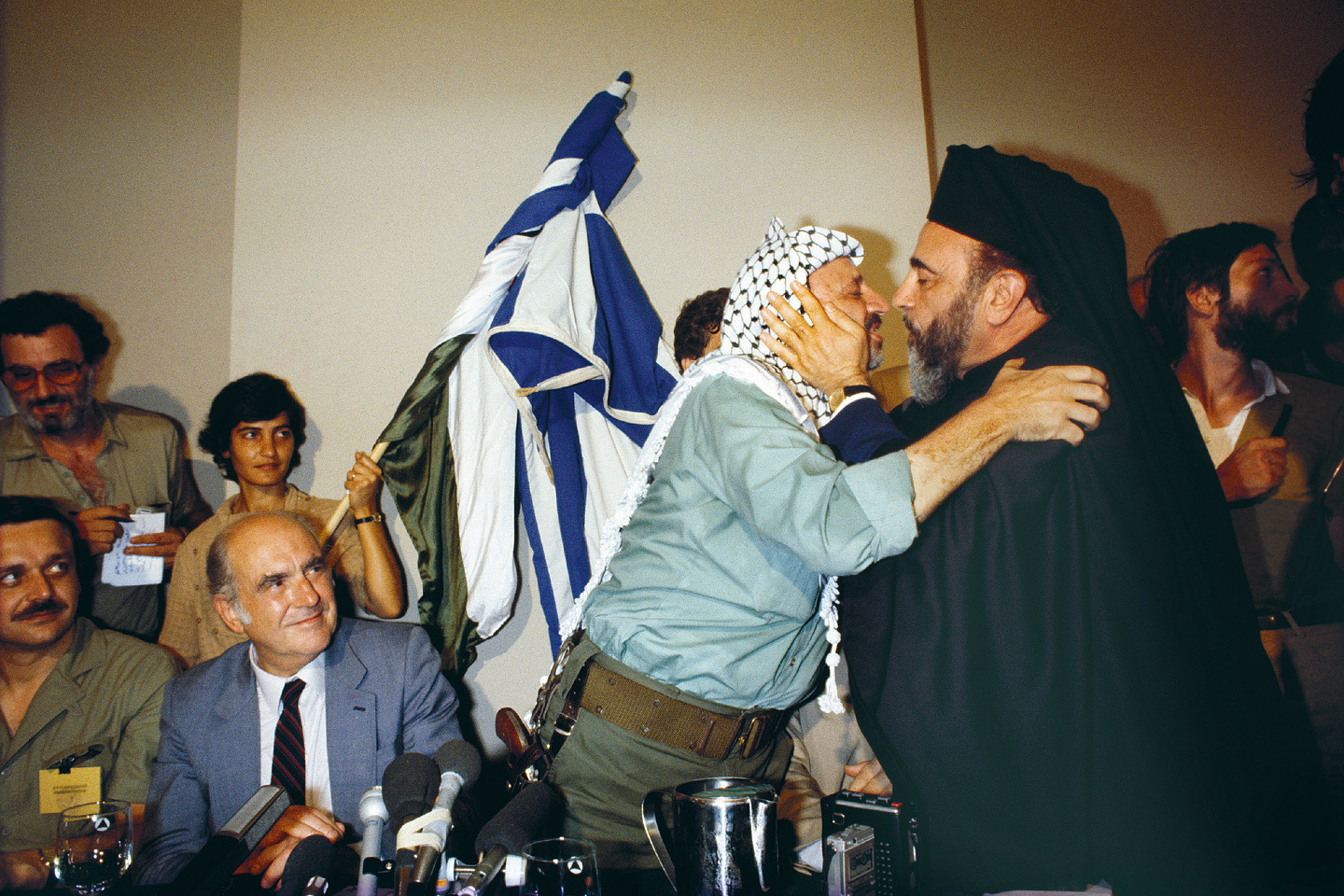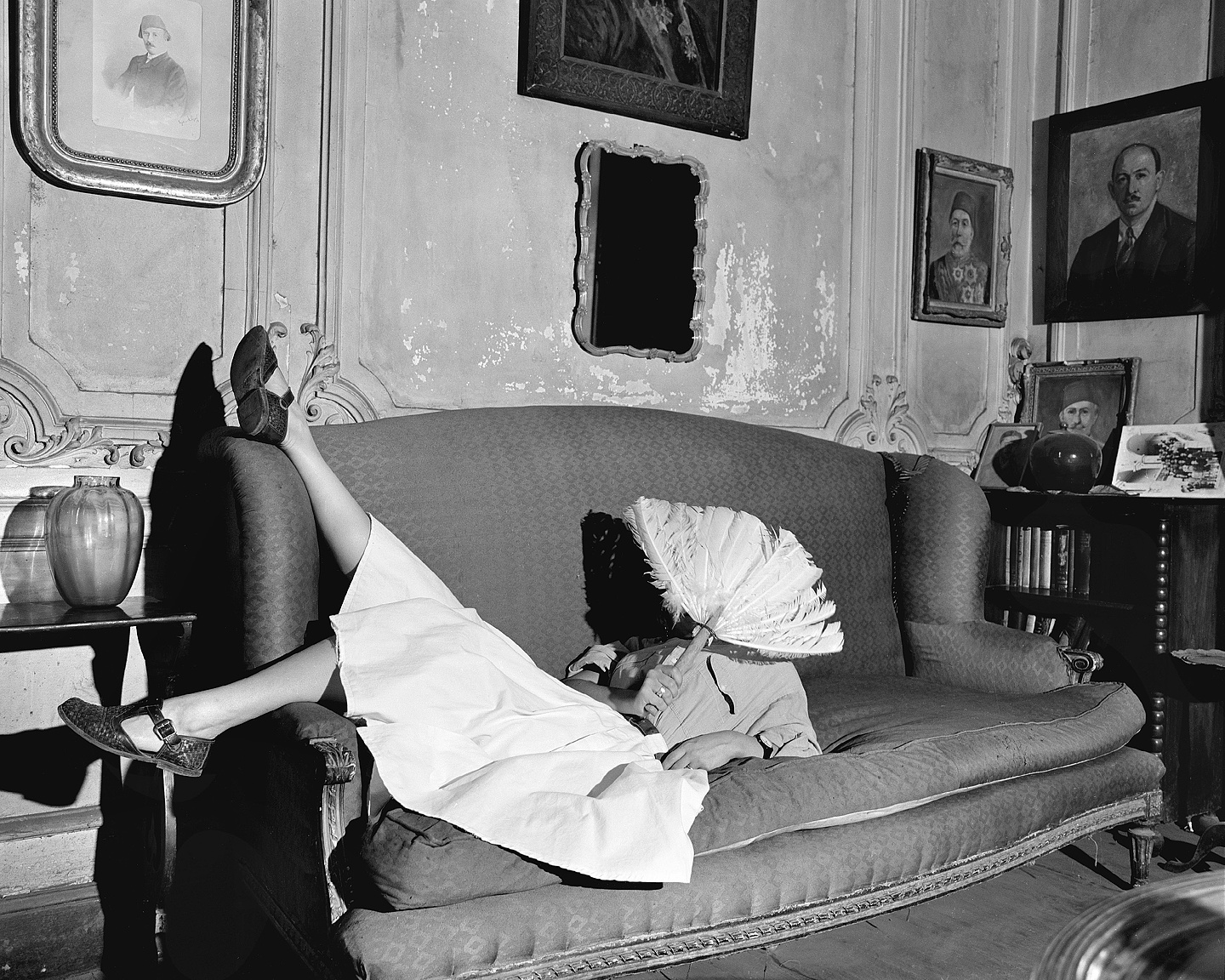Cesnola’s gift inspired a spate of subsequent donations, excavations, and acquisitions in Beirut, culminating in the official opening of the Archaeological Museum in 1902. The sandstone-colored building, known as Post Hall, looks to this day like a comic-book version of a small Crusader castle. It closed during World War II; Lebanon and Syria being under French mandate, they were pulled into the war as proxies, alongside Iraq, Palestine, Cyprus, and Greece, as Allied forces fought the Germans, Italians, and Vichy French from ports, roads, and airstrips giving access to the Middle East. Lebanon won its independence in 1943, and the museum reactivated its program after that. In a city with few such institutions to begin with, it was the only museum to remain open throughout Lebanon’s own long and bitter civil war. (The National Museum, situated on one of the major crossing points between East and West Beirut, was rather famously besieged during the conflict, as militias moved in and a handful of brave conservators packed the museum’s ancient mosaics and sarcophagi in concrete.) After the war, AUB began the slow, painstaking process of renovating and updating the museum, section by chronological section. By 2006, the building had been overhauled from the inside out. It reopened in June. A month later, the war between Israel and Hezbollah began.
Owing, perhaps, to the tumult of its recent history, the inauguration of the newly rehabilitated Islamic section—the last in the museum’s historical sequence—was sincere but subdued. John Carswell, the archaeologist who had determined the origins of the Jerusalem fragments in the 1950s, gave a talk on the Dome of the Rock. Carswell, who is British, had been a professor at AUB for twenty years, beginning in 1956. He was never attached to the department of archaeology, however, but rather to the department of fine arts, which was established in 1955, when the university recruited a handful of professors from the Art Institute of Chicago to bring the Bauhaus to Beirut, and to break the Beaux Arts style of arts education so prevalent in Lebanon’s French-speaking universities and faculties. (Some years later a protégé of Mies van der Rohe was hired to run AUB’s architecture department.)
On the same February evening that Carswell was giving his lecture at the Archaeological Museum, an exhibition of his curvy white sculptures from the 1960s, unknown until now, was just ending a three-month-long run at AUB’s contemporary art galleries. The show, titled Trans-Oriental Monochrome and curated by Octavian Esanu, had struggled, impressively, to unpack Carswell’s art and life, a dense composite of so many different materials, times, places, and things. For much of his career, Carswell’s hero was the fourteenth-century traveler Ibn Battuta. His art resembles the architecture of Oscar Niemeyer. To this day, he does not fit into any of the existing narratives that his work might otherwise enrich. The monochrome, as Esanu notes, has so far been discussed solely in the context of European and American art. No one has tackled the monochrome in the Middle East. When the story of modern art (and the language of abstraction) is altered, doubled, or expanded to accommodate the groundbreaking work of, say, Lygia Pape in Brazil, Nasreen Mohamedi in India, or Saloua Raouda Choucair in Lebanon, the necessary task is to consider the work of local artists overlooked or ignored by Western narratives. No one knows what to do with a man such as Carswell, a foreigner, assumed to be a man of privilege, who traveled east and stayed for a time but did not make Beirut his home.
Carswell went to art school, but he learned to draw on archaeological digs in Jericho, Athens, Crete, Sinai, Wadi Rum, southern Turkey, and on Jordan’s border with Saudi Arabia. He arrived in the region by steamer, a young man in love with Matisse. He took a taxi from Beirut to Damascus and then down through Jordan to Palestine. His movements mapped out a world of intrepid travel that is lost to us today. Like anyone now, Carswell was traveling at a time when Lebanon and Syria were technically at war with Israel, but he was making the trip before the war of 1967 and the occupations of the West Bank and Golan Heights; he also came before the peace deals with Jordan and Egypt, and before the first and second intifadas. In the midst of Syria’s current catastrophic civil war, it has been for the past four years too dangerous to cross from Beirut to the Bekaa and across the mountains to Damascus, a hundred-kilometer trip that once took an hour but now might cost you your life. Further, to cross into Israel from Jordan with the stamps of Arab states in your passport is a grueling affair that often ends in being turned away.
Carswell served as chair of AUB’s art department several times in the 1960s, a decade when it championed formal experimentation, critical inquiry, and—oddly enough, given the levels of pollution in Beirut today—environmental activism. He spent one fevered summer making most of the sculptures and paintings that were included in Trans-Oriental Monochrome, working in the studios of Nicely Hall, a building where I once studied and now teach. Like most of the university’s foreign faculty, Carswell left Lebanon at the start of the civil war. The art department closed down a year later, in 1976 (and remained so until 2006). He returned for a visit in the early 1990s, after the last chapters of the civil war had come to a close. “I happen to think there is a future in the past,” he said at the time, “and perhaps it would be a good idea to document that past and ponder on its implications for a new Beirut.”
*
A new Beirut but also an old one, among other aged cities that I love for obvious but also dubious reasons, including Istanbul, Sarajevo, Cairo, Alexandria, Tunis, Casablanca, and Algiers. Many of them have been destroyed at various points by war, famine, earthquake, and fire. Most of them I loved through books and films before I ever experienced them firsthand. All of them I traveled to ostensibly for work, my interest being the development of contemporary art practices in relation to complicated histories of violence, conflict, and trauma. To study that subject in a sustained way is to return again and again to the questions: What does contemporary art do, and how, and why, and for whom? What does it mean for the lives of these cities? And if contemporary art addresses simultaneously the past, present, and future of a single place, does it still make sense to call it contemporary art, or does it deserve another name? Would it be liberating to think of it as something else, somewhere else in time?
None of these questions, or their elusive answers, explain my love for these cities, nor why I have made the circuit of them my home. This, then, is an essay on something I am unwilling or unable to articulate about delusion and desire, distraction and description. Perhaps it’s simply a gesture toward the ardent and elliptical Mahmoud Darwish quotation with which I began this text. If I was first drawn to these cities by the art they have inspired, then I have come to love them for the ideas held (or withheld) in their forgotten or hidden histories, for their images that complicate the worlds of art and politics, the anecdotes that contradict the most mainstream of narratives, and the objects that dwell in their strange museums.
Consider the Alexandria of Lawrence Durrell’s Quartet or Ibrahim Abdel Meguid’s trilogy. Consider the sad, threadbare quality of C. P. Cavafy’s museum in that same city, an apartment full of rickety furniture and crumbling paperback editions of the poet’s books. Already at odds with the realities of the metropolis around it, the museum doesn’t seem long for this world, a phenomenon wholly of the past, like the image lodged in my mind of a thousand Greek grandmothers, all tiny, gray-haired women dressed in black, leaving the city en masse on a seasonal flight from El Nouzha airport, itself now closed. Consider the Casablanca of Souffles, the renegade journal of art, politics, and poetry. Consider, too, the Casablanca of its founder, the poet Abdellatif Laâbi:
I don’t feel
I’m from any country
she says
I have no roots anywhere
Maybe back there
when I used to pound
on the bars of separation
I felt at home
in the hollow of your hands
condemned to absence
And now
I will live everywhere
where this homeland
will not fade from your hands
Other cities: In Tunis, some years ago, I spent autumn days dazzled by the work of dancers and choreographers in the medina. Then, upon leaving, I was struck by the utter certainty, walking down Avenue Habib Bourguiba, where booksellers register their discontent by reading in public, that this was the place that held the key to the future of feminism, not only in North Africa and the Middle East but everywhere in the world. In Algiers, a year earlier, I was confused by the lack of physical similarities to Beirut. I was looking for bullet holes and the pockmarks of shelling. Someone finally told me that the scars of this civil war weren’t on any of the buildings; those would be found outside the city. In the capital, the fighting had been mostly hand to hand, up close, involving the slitting of throats.
Beirut, where I live, was for the journalist Samir Kassir and the novelist Elias Khoury an incubator for Arab modernity and radical democracy, respectively. It was in Beirut that the revolutionary Syrian playwright Saadallah Wannous performed the plays that were banned elsewhere in the region, such as The Rape (1990) and Rituals of Signs and Transformations (1994). And it was in Beirut that the Syrian poet Adonis founded the radical poetry journals Shi’r (1957–70) and Mawakif (1968–98) and formulated the thesis of his book Sufism and Surrealism (1995), the two movements joined by their certainty of an inner world, as well as by their desire to immerse themselves in it.
For Adonis, Sufism and Surrealism were each searching for some of the same things—freedom of thought, freedom of spirit, magic and imagination, the total melding of art and life—to the extent that he likened Surrealism to a pagan form of Sufism. It was a controversial argument. The Surrealists were lukewarm on the subject of God and generally dismissive of organized religion (although André Breton wrote favorably of an internal God and the experience of the divine). Shakir Hassan al-Said, for his part, rejected the comparison without responding to Adonis directly, arguing that Sufi contemplation was not to be confused with Surrealism’s interest in the unconscious, that these were different territories, with no good passage between them. And yet, Adonis made no claim that Sufism influenced Surrealism or vice versa, just that they were propelled by equally marginalized figures who traveled “along similar paths in search of a solution.”
More to the point, he brought the two together for an explicit purpose: to see things differently in times of extreme conflict and damaging dualisms; to break the oppositional thinking between absence and presence, man and machine, nature and industry; and to find a new way of thinking in which the two sides of a debate might embrace one another. The value of his endeavor today lies as much in his close, active readings of Breton, Paul Éluard, and Salvador Dalí alongside like treatments of Ibn Arabi, al-Ghazali, and al-Niffari, as much in his understanding of the night journey as an act of intense imagination and fierce love, as it does in the way he responds to specific circumstances, timely but in retrospect ahead of his time.
In the mid-1990s, Adonis was already addressing, albeit obliquely, the ways in which socially progressive and secular left-wing movements across the Arab world had failed, giving rise to brutally despotic regimes (à la the Assads in Syria), dictators putting a face of economic liberalization over military rule (Egypt under Anwar Sadat and Hosni Mubarak), or religious extremists who proved more serious about social welfare than their inflexibly old-school socialist rivals (Hezbollah et al.). Two decades later, those movements are still failing, in spectacular fashion, as seen in the ups and downs of the Arab Spring and accounting, perhaps, for the renewed interest in the possibilities of Sufism and Surrealism to move through this impasse.
